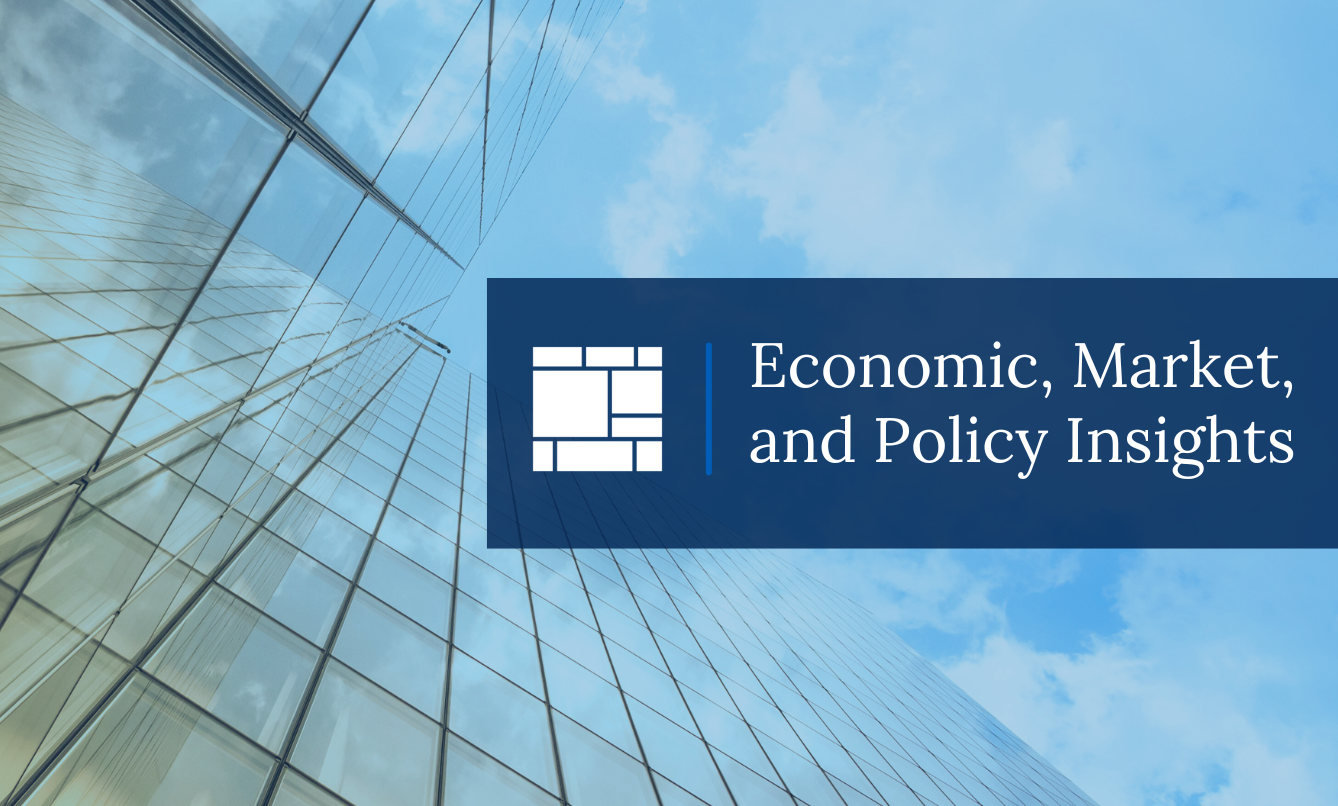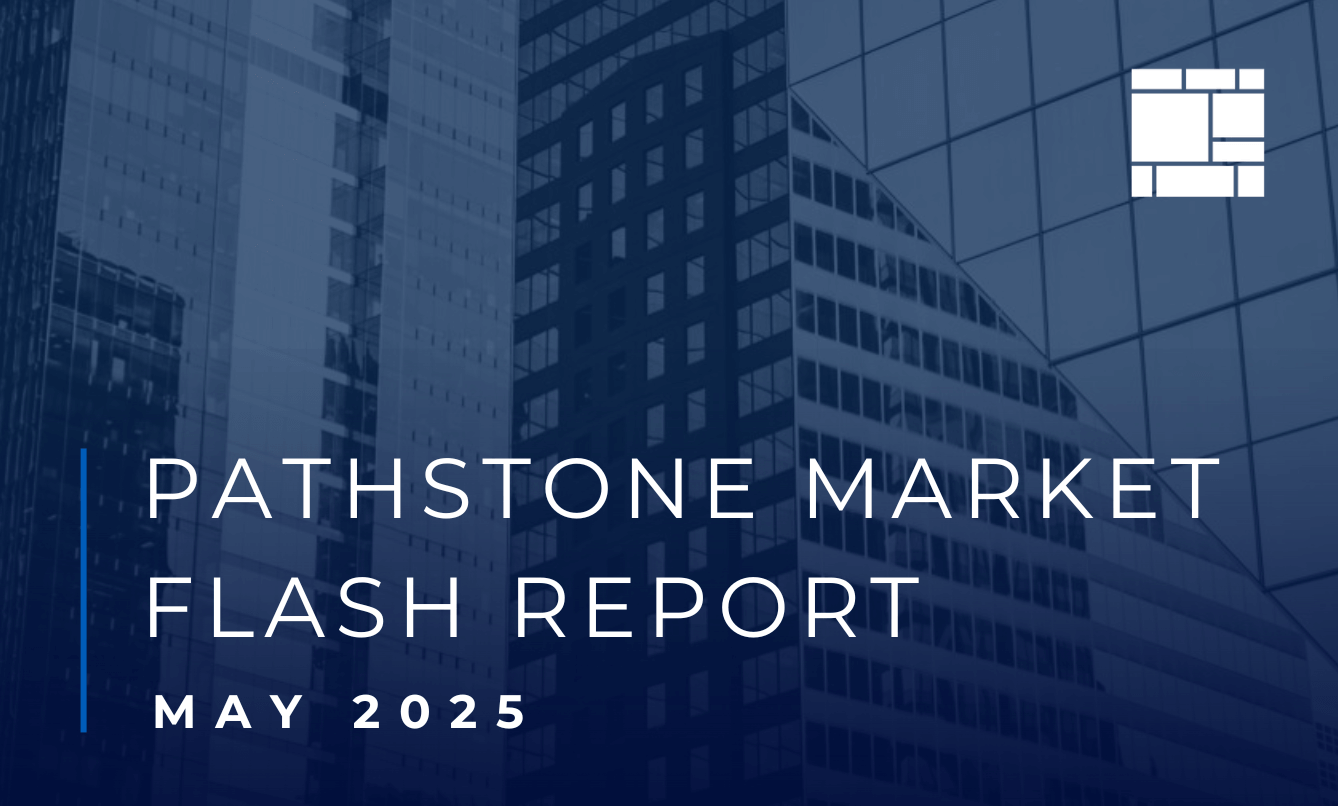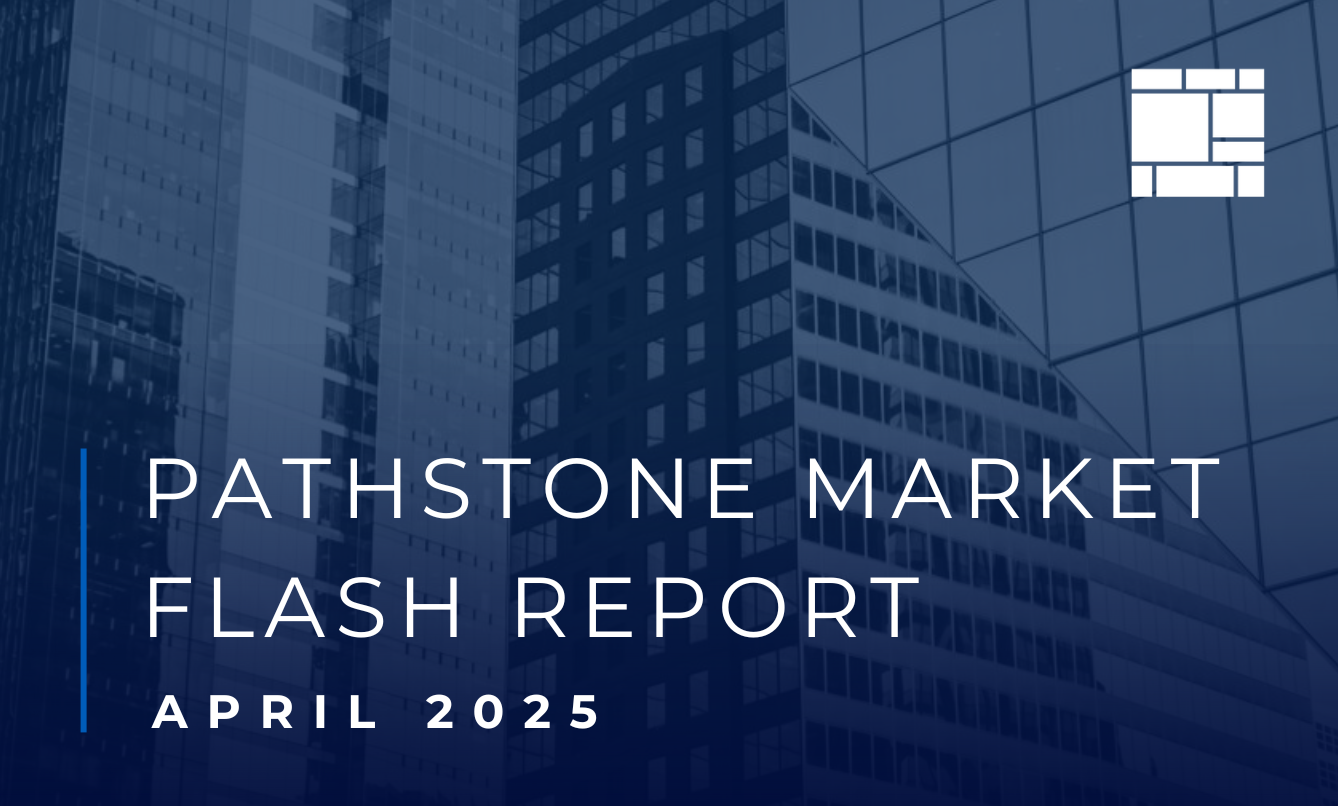In this month’s Market Review & Outlook, our team looks back at the key factors contributing to second quarter economic and market performance. Looking ahead, a “cooling, not cratering” economy improves the outlook for equity outlook, though with upside risks to inflation and downside risks to growth. Below is a summary.
Economic and market review
Inflation tame, but tariffs and fiscal concerns loom
Tariffs: The U.S. has abandoned its goal of striking 90 broad trade deals, opting instead for narrower, phased agreements ahead of the July 9 [subsequently moved to August 1] deadline to avoid reimposing steep reciprocal tariffs. Only limited deals with the UK and China have been secured, while uncertainty around future sector-specific tariffs and legal challenges keeps markets cautious.
Fiscal Policy: President Trump signed, on July 4th, the sweeping $4.5 trillion One Big Beautiful Bill Act. It delivers extensions of major tax cuts and provides numerous business incentives, while cutting healthcare and welfare programs. The Congressional Budget Office projects the bill will add over $3.3 trillion to the national debt by 2034, with annual deficits averaging 7% of GDP.
Consumer Weakness Emerging: Hard economic data is starting to reflect the caution seen in surveys. Q1 GDP was revised down, with consumer spending at a 5-year low. Retail sales and personal consumption were negative in three of the first five months of 2025, as high prices continue to weigh on sentiment. 1
Fed Focused on Inflation: Despite elevated rates and strong labor data, the Fed remains focused on inflation. If companies can maintain margins by passing on costs, equity markets may benefit, though high debt levels and fiscal imbalances remain a concern.
US equities bounce back but still lag international 1
US equities rebounded mightily after a rough first quarter as the fiscal policy picture became a little clearer. International equities continued to lead as the dollar dropped for the sixth consecutive month in June. Bonds, overall, had a decent quarter as credit spreads compressed and yields moved lower on easing geopolitical tensions.
European equities posted modest gains in June but capped off a strong quarter, with small caps leading large caps. The ECB cut rates for the eighth time as inflation has cooled and sentiment improved, even as exports struggled under the weight of global tariffs. Despite headwinds, markets held up.
Emerging markets delivered a strong month, led by Korea’s and Taiwan’s tech optimism and regional capital flows. China lagged peers but still posted a strong gain of 3.7% in June amid mixed signals, strong retail sales but soft industrial profits and export woes. While central banks stepped in to ease liquidity strains, trade war tensions and a sluggish property market capped gains.
High yield and emerging market debt performed well in the second quarter despite some volatility in spreads. Junkier bonds have performed better than US small caps over the past year, as absolute yields have been very attractive.
Economic and market outlook
“Cooling, not cratering” economy improves equity outlook, but rich valuations 2
Tariff de-escalation has reduced the probability of more material shocks to inflation and growth. The average effective tariff rates have dropped from nearly 30% on April 2nd to a more moderate 15% currently. While this is still a significant increase from before, it alleviates some of the worst-case fears about rising inflation and recessionary risks.
The passage of the One Big Beautiful Bill provides some offset to the tariffs through fiscal expansion. Although tariffs are estimated to be a “drag” on growth, costing roughly $200 billion annually, the fiscal spending planned for 2026-29 helps to counterbalance this. On net, this is more pro-growth than many anticipated, but it also means running wider deficits, which is a concern for interest rates and the U.S. dollar.
As a result, the economy appears to be “cooling, not cratering,” albeit with upside risks to inflation and downside risks to growth. Consensus GDP growth estimates are 1.5% and 1.6% for 2025 and 2026, respectively, which are below the trend rate of 1.8-2.0%, but not indicative of a recession. Consensus inflation estimates are 2.9% and 2.8% for 2025 and 2026, respectively, which are above the Federal Reserve’s 2% target, but not as high as the levels seen in 2022.
Market performance reflects optimism 2
U.S. equity valuations, particularly for large-cap growth stocks, are elevated and reflect much of this improved optimism. First-quarter earnings were ahead of expectations, and policy clarity could provide additional earnings support in the second half of 2025. While artificial intelligence (AI) remains a leading theme, the S&P 500 and Nasdaq are trading at over 22x and 28x next 12 months (NTM) price-to-earnings (PE) multiples, which are historically high valuations.
Non-U.S. equities have outperformed, demonstrating that diversification has worked, and they offer lower valuations with improving fundamentals. Both developed markets and emerging markets have shown significant outperformance year-to-date in 2025. Cheaper relative valuations, a greater focus on domestic growth, and a declining dollar have all contributed to this outperformance, and these factors could continue to drive gains.
For our full report, please contact your Pathstone client advisor or reach out to us here.
[1] Supporting data source: Bloomberg. [2] Supporting data sources for this section: Bloomberg, Factset.
Disclosures
This presentation and its content are for informational and educational purposes only and should not be used as the basis for any investment decision. The information contained herein is based on publicly available sources believed to be reliable but not a representation, expressed or implied, as to its accuracy, completeness or correctness. No information available through this communication is intended or should be construed as any advice, recommendation or endorsement from us as to any legal, tax, investment or other matters, nor shall be considered a solicitation or offer to buy or sell any security, future, option or other financial instrument or to offer or provide any investment advice or service to any person in any jurisdiction. Nothing contained in this communication constitutes investment advice or offers any opinion with respect to the suitability of any security, and this communication has no regard to the specific investment objectives, financial situation and particular needs of any specific recipient. Past performance is no guarantee of future results. Additional information and disclosure on Pathstone is available via our Form ADV Part 2A, which is available upon request or at www.adviserinfo.sec.gov.







